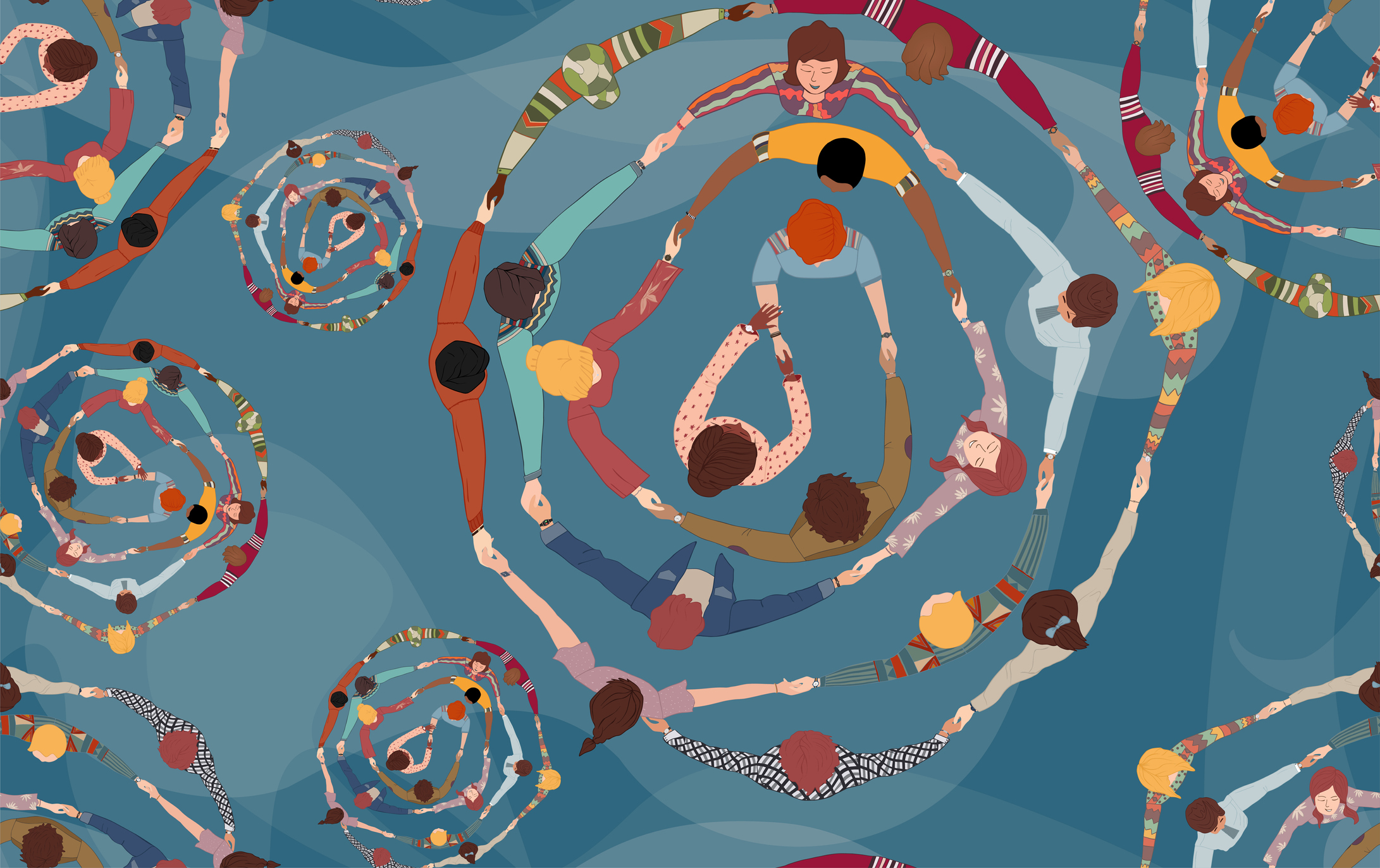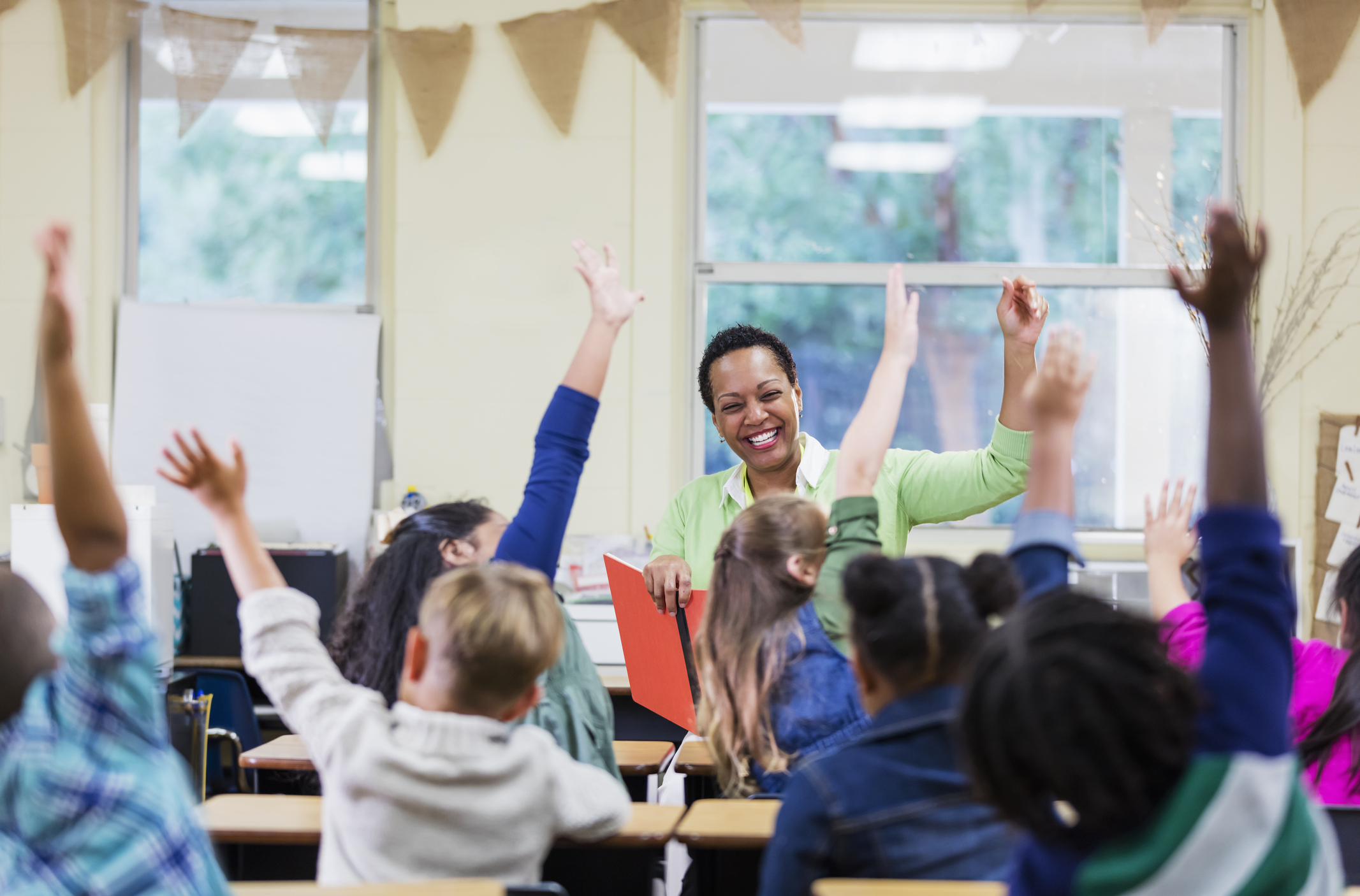
Educating students today should focus on educational and cultural equity along with academics. How do we attain equity and what should we do as teachers to ensure that students are receiving an education that focuses on who they are and who they will become in today’s society?
Culturally Responsive Teaching
Culturally responsive teaching focuses on practitioners being culturally competent in order to authentically instruct students. How can this be accomplished?
It is most important to build relationships through understanding. Teachers must understand their own culture before they can understand the culture of others. They must dissect stereotypes and assumptions about other cultures. Often cultural norms can be misinterpreted or misunderstood because they are unexamined and intersect with white, conventional dominant cultural norms. Teachers must consciously make an effort to be non-biased toward other cultures. Understanding their own culture and the cultures of the students that they teach will ensure cultural equity and responsibility.
Let’s continue to understand through a definition of culture. Zaretta Hammond explains that “culture… is the way that every brain makes sense of the world…..in other words culture is the central processing unit of how we adapt, attain and understand meaningful events.” Hammond states there are three levels of culture that must be understood in order for educators to build the necessary trust with students so that transformative learning partnerships can be forged. These levels are identified as: surface, shallow and deep. Let’s take a deeper dive into each of these.
Surface Culture
Surface culture is the superficial. It encompasses overall cultural themes that are cross binding and all ethnicities can relate to. It includes food, clothing, music, and holidays and is interchangeable between all humans. There is not necessarily an impact on emotions and in some cases, this type of culture can help build rapport and relationships. Within this level of culture, several questions must be addressed to better understand yourself in relation to culturally responsive teaching.
- First, do I understand my culture as a teacher and am I relatable to my students through their surface culture?
- Next, do I respect their dress, the food they eat, the music they listen too and the holidays that they observe?
- Am I unbiased to the rituals and traditions that they practice?
- Finally, am I attuned to the community and the environment that they live in?
As a teacher in order to build relationships with your students, it is important to find culturally responsive literature that features racially and ethnically diverse main characters with references to different ethnic and cultural traditions, languages, music, and clothing. When teachers share these ideals within their classrooms, they build full authenticity and respect for other cultures.
Shallow Culture
The shallow culture is the level just underneath the surface. It deals more with norms, emotions, assumptions, as well as familial social interactions. This culture builds more on the mores developed from family and generational bonds. The impact on emotions is strong.
Within this cultural level, rapport can be created or destroyed and trust can be eased or elevated to duress. Social friction is a constant factor if common ground is not met by the teacher. It is essential to focus on developing a meaningful and true understanding of each student’s individual shallow culture.
During shallow culture the nature of friendships are developed, level of respect for elders, boundaries for physical space, communication styles with elders, and how to respond to the emotions in certain situations such as funerals, weddings, etc. It is important for teachers to become aware of this culture and to respect the morals and values developed by the students through their families.

Deep Culture
The deep culture focuses on who we are innately as human beings. The contributions of our self-identity, consciousness, and subconscious. It is our tacit knowledge that governs our worldview and forms the foundations that support how we approach problem-solving and decision-making. Within this cultural level notions of fairness, concepts of relationships, knowing right from wrong, and spirituality. Focuses on fellowship, companionship, and competitiveness are present within deep culture.
Emotions during deep culture are intense, astute, and protective of the individual. During this phase the conceptualization of who you are to your family, community, and globally has a major impact on your beliefs and values. Deep culture focuses on the collective of all cultures and development through family beliefs, a person’s socio-economic status, religion, familial views of the family’s contribution to society, and more. The deep culture specifically determines who the student is currently, who they will become, and how they will respond to other human beings in society. It is the determinant of how culture will influence society.
In the coming years of educating today’s youth, we must embrace an understanding of cultural competence in the classroom. It is important that we as educators embrace our culture by recognizing the varying cultural norms that our students possess. In order for educators to build culturally responsive relationships, we must implement culturally responsive norms in our classrooms and be cognizant of the impact this will have on our student’s psyche, well-being, and overall academic success.
Seeking more resources to enhance your professional learning?
Sign up to receive our blog updates.
Reference
Hammond, Z. (2015). Culturally responsive teaching and the brain: Promoting authentic engagement and rigor among culturally and linguistically diverse students. Corwin.
Sheree Turner, Ph.D. is a Master Teacher Leader in an Urban School district in Atlanta. She is certified in Middle Grades Social Studies, Gifted Learner Endorsed and Reading Endorsed. Her area of interest is ensuring Social Studies does not become extinct in the 21st century classroom.
